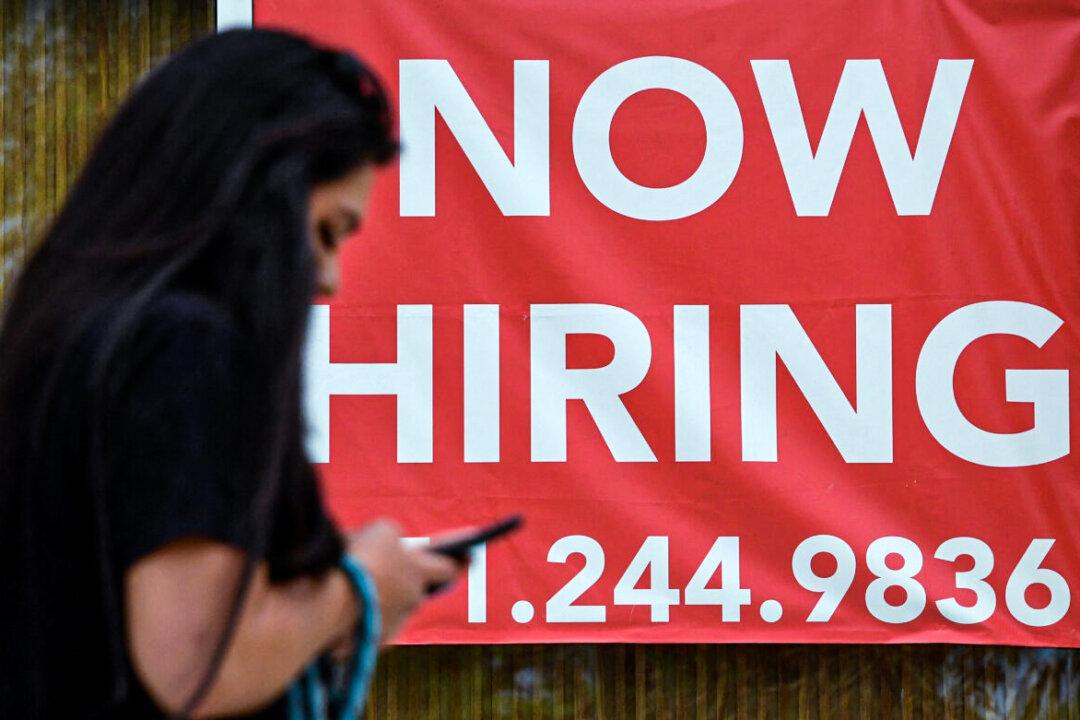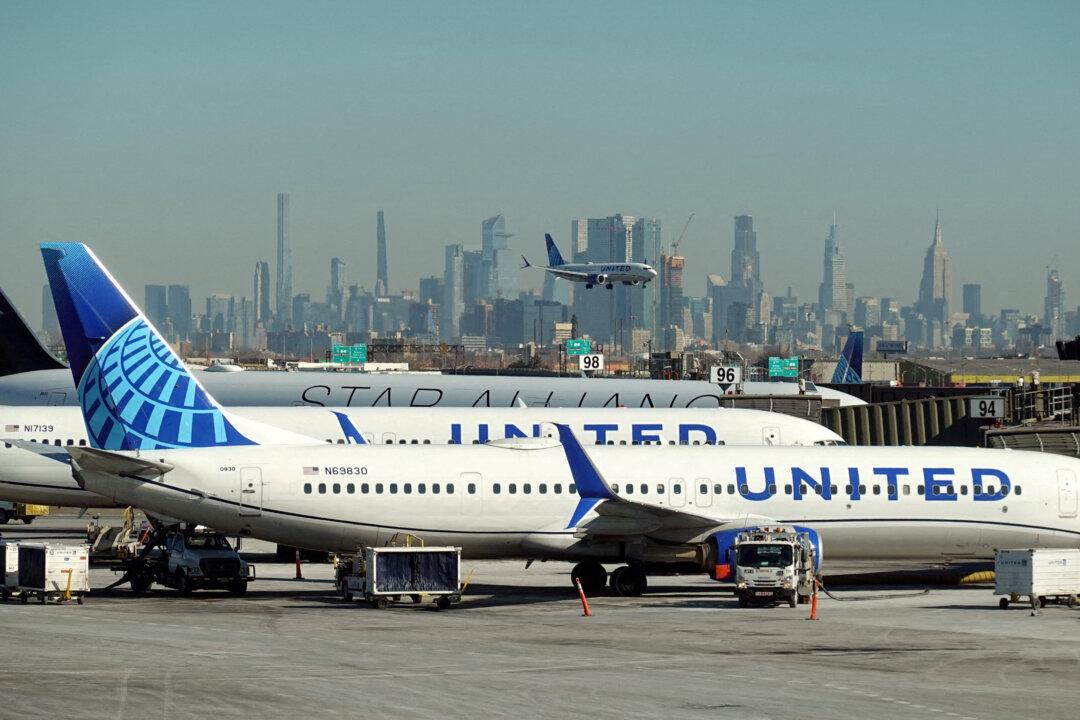New weekly filings for unemployment insurance—a proxy for layoffs—have reversed three consecutive weeks of declines and notched higher than analysts predicted, although jobless claims are still generally running at near pre-pandemic levels, suggesting that the labor market recovery remains intact.
First-time filings for unemployment insurance rose by 23,000 to 248,000 for the week ending on Feb. 12, the Labor Department said in a report (pdf). The prior week’s level was revised up by 3,000 to 225,000.





